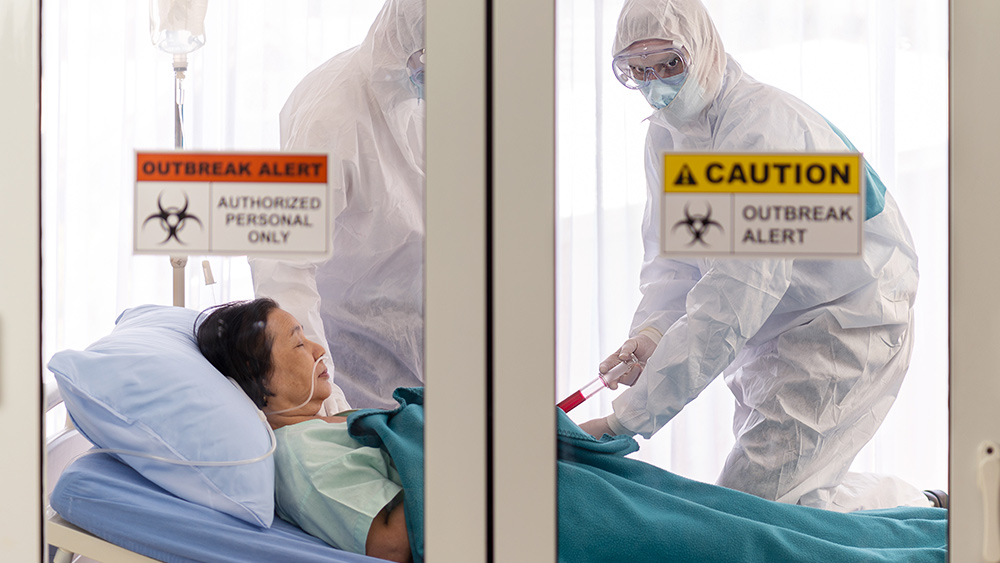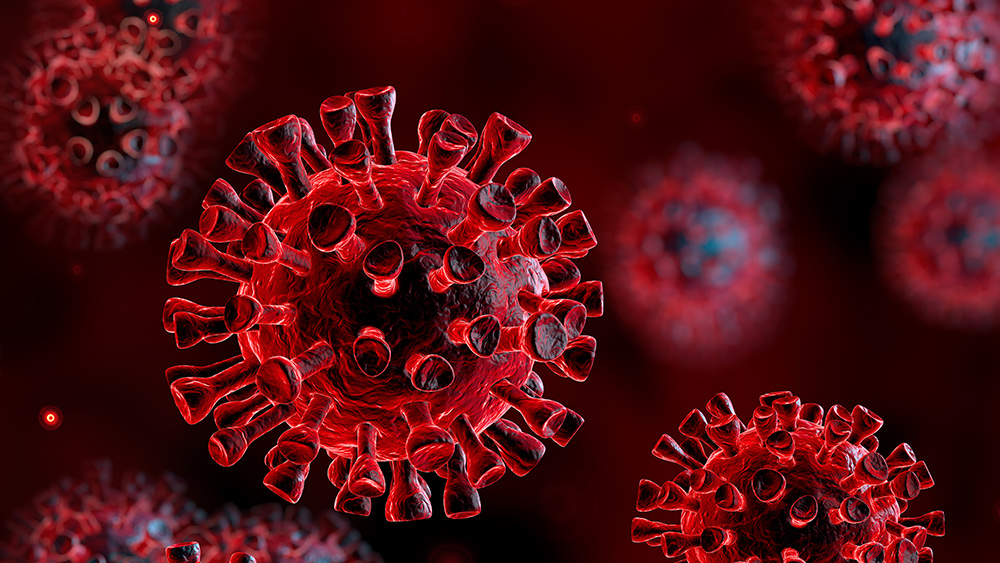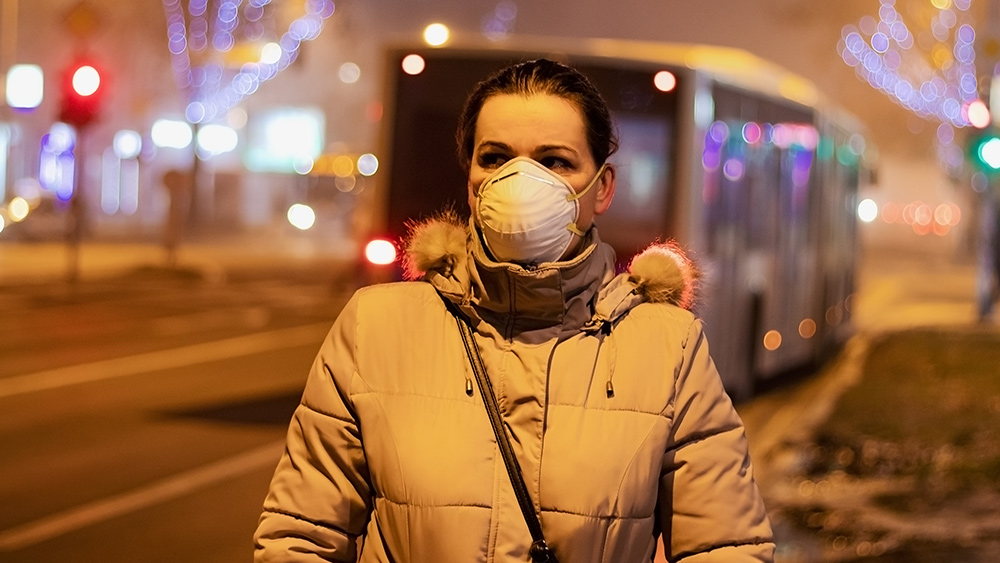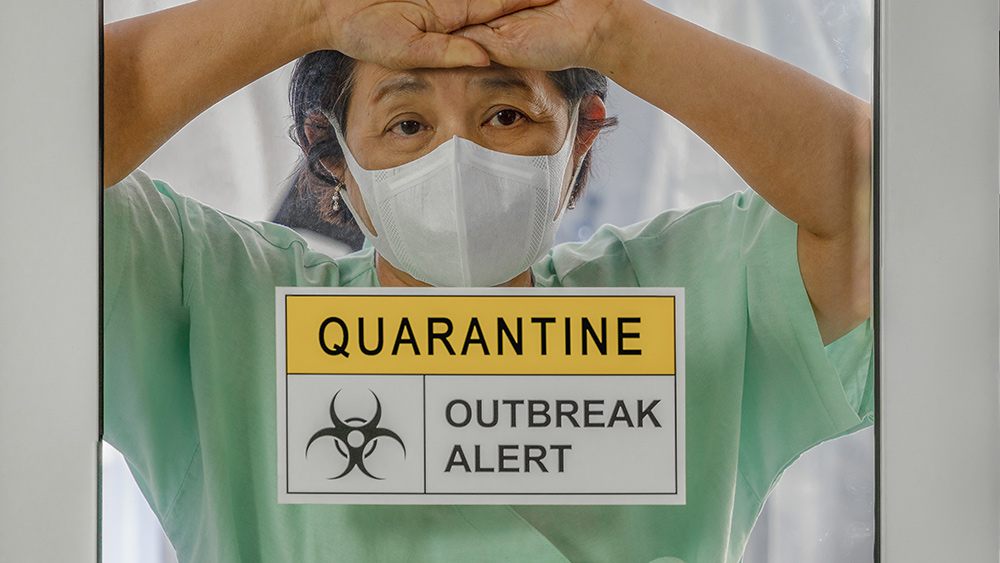After wasting over $1 billion developing a Zika vaccine, now the government wants another $2.5 billion for novel Coronavirus
03/04/2020 / By Tracey Watson

Back in 2016, the mainstream media terrified pregnant women around the world with stories about a mysterious virus called Zika that they claimed caused severe birth defects in babies.
Government agencies, including the Food and Drug Administration (FDA) and U.S. Centers for Disease Control and Prevention (CDC), insisted that a virus which had been around for over a century without ever causing much harm, was suddenly causing babies to be born with shrunken heads.
At the time, President Barrack Obama asked Congress to allocate $2 billion for urgently developing a vaccine for this devastating “new” disease. Congress eventually agreed to throw $1 billion at the problem, but four years later, there still isn’t a Zika vaccine, and despite the hysteria, babies are not being born with abnormally small heads.
Now, the Trump administration has asked Congress for $2.5 billion to fight the novel Coronavirus – labeled Covid-19 – which the president says will be used in various ways, including for developing a vaccine.
There can be no doubt that Covid-19 is leaving a trail of destruction as it marches across the globe, and the government will certainly need to spend a great deal of money combating it and protecting American citizens.
That said, the Zika debacle serves as a warning that massive amounts of money can be wasted in trying to develop a vaccine that either ends up being unnecessary or simply never materializes. (Related: Coronavirus reaches MEXICO with first 2 confirmed cases.)
A lack of information
As noted by Dr. David Brownstein, writing for Health Impact News, there is a great deal we do not yet know about Covid-19. And we simply cannot view the information coming out of China as gospel.
The World Health Organization (WHO) has indicated that the mortality rate for the disease appears to be between 3 and 4 percent. But health officials from the organization have repeatedly stressed that this number could decrease dramatically as time passes.
The disease appears to cause very mild symptoms in the vast majority of cases, and for this reason there may be many, many people who have actually contracted the virus who simply are not aware of the fact. If, for example, the number of infected patients is actually far higher than reported, then the mortality rate could be considerably lower than it currently appears to be.
On the other hand, as time passes it could turn out that the virus is even more deadly than it currently seems to be.
We simply do not know. (Related: Coronavirus fears cause panic-buying among shoppers in Brooklyn and Queens in New York.)
Regardless of how lethal the disease turns out to be, health officials have warned that it might very well mutate and become even more deadly, making the pursuit of a vaccine even more difficult.
This is exactly what happened with the 1918 Spanish Flu – the deadliest pandemic in history, which claimed between 20 and 50 million lives. As reported by the History Channel, the Spanish Flu struck in two distinct phases:
The first wave of the 1918 pandemic occurred in the spring and was generally mild. The sick, who experienced such typical flu symptoms as chills, fever and fatigue, usually recovered after several days, and the number of reported deaths was low.
However, a second, highly contagious wave of influenza appeared with a vengeance in the fall of that same year. Victims died within hours or days of developing symptoms, their skin turning blue and their lungs filling with fluid that caused them to suffocate. In just one year, 1918, the average life expectancy in America plummeted by a dozen years.
Clearly, a lot more information is needed about this disease to effectively develop a vaccine against it. In the meantime, the government needs to focus on the immediate needs of its citizens and preventing the spread of what could turn out to be an incredibly deadly pandemic.
Keep abreast of the latest developments at Outbreak.news.
Sources include:
Tagged Under: big government, coronavirus, covid-19, fraud, healthcare costs, infectious disease, infectious diseases, outbreak, pandemic, priority, vaccine development, vaccines, Zika virus
RECENT NEWS & ARTICLES
COPYRIGHT © 2017 CDC NEWS

















